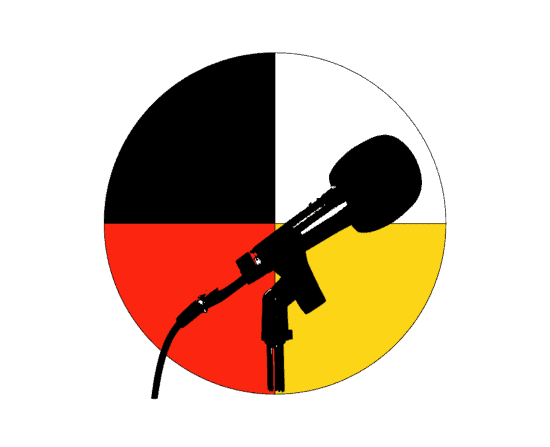The 2016-17 academic term at the University of Saskatchewan has included a large movement for Indigenization at all institutional levels. March has been particularly busy, concluding with a conference that provided a broader look at Indigenous knowledge and reconciliation.
From Mar. 20-22, the Indian Teacher Education Program at the College of Education held their third annual conference, titled “Think Indigenous: Inspiring change through Indigenous education practices and knowledges,” at the Education Building and Saskatoon Inn & Conference Centre. The conference drew educators, students and delegates from Canada, the United States and Germany.
practices and knowledges,” at the Education Building and Saskatoon Inn & Conference Centre. The conference drew educators, students and delegates from Canada, the United States and Germany.
Chris Scribe, the conference chair and director of ITEP, explains the goals of the conference.
“The goal of Think Indigenous is to inspire change in the education system to include Indigenous knowledge, Indigenous thought, Indigenous ways of knowing and also to inspire … reconciliation,” Scribe said.
ITEP is one of the only First Nations specific teaching programs in North America, with a high graduation rate of more than 90 per cent and an average of 80 to 100 students graduating each year. As of the fall term of 2016-17, the U of S is home to 2,409 self-declared Aboriginal students seeking out an education, and Scribe believes that any discussion of Indigenization must begin with an examination of the history of education in Canada.
“When we talk about Indigenization, we’ve got to talk about the tools that were used to strip that away from us in the first place, and the biggest tool that was used was education,” Scribe said. “Because that was a tool of cultural genocide towards First Nations and Indigenous and Métis people, because of that we feel that education is also the tool in order to rectify that.”
Following multiple events focused on Indigenization on campus, including the Building Reconciliation Forum held on Mar. 7 and the Defining Indigenization event on Mar. 8, this conference aligns with the larger movement towards Indigenization at the U of S.
Scribe emphasizes that Indigenous voices must be prominent in this movement.
“We talk about the buzzwords of reconciliation and Indigenization. It’s important that we start to think and look through the lens of Indigenous people to find solutions, because if we don’t do that, then we are incapable of reconciling [and] Indigenizing anything. So, this conference is not intended to be the answer. There is no one-stop-shop for anything. This conference is only meant to inspire people to be able to think differently about how they are approaching situations, how they approach their classrooms and celebrate the beauty of Indigenous knowledge,” Scribe said.
He relates that the conference played an important role in supporting Indigenization and the solidarity of Indigenous people.
“The first reason [for holding the conference] is that it showcases how amazing Indigenous people are, … the brilliance that Indigenous people have possessed and have retained … We are more than what’s portrayed of us in the media … The second thing it does, it inspires us and gives us the courage to try things differently, to know that we’re not alone in work that we’re doing … It’s really easy to break a single person, but when you have a group standing together, it’s very difficult in order to break that,” Scribe said.
According to Scribe, students can support Indigenization at the U of S by being open to new learning and bringing forward questions in classes.
“All students can say, I want to learn more about Indigenous content in this course, and challenge their faculty [and] departments and colleges, as a group. It’s not only the Indigenous people that should be doing that, it should be the non-Indigenous people saying, why don’t I know about residential schools? Why are we not talking about Indigenous knowledge here in chemistry, why are we not talking about it in medicine, why are we not talking about it in this English class? … Students have such a powerful voice and they have such a hopeful mind in terms of reconciliation, in terms of Indigenization … that they would be able to challenge and make those tough conversations.”
—
Ronald Tran
Graphic: Lesia Karalash / Graphics Editor